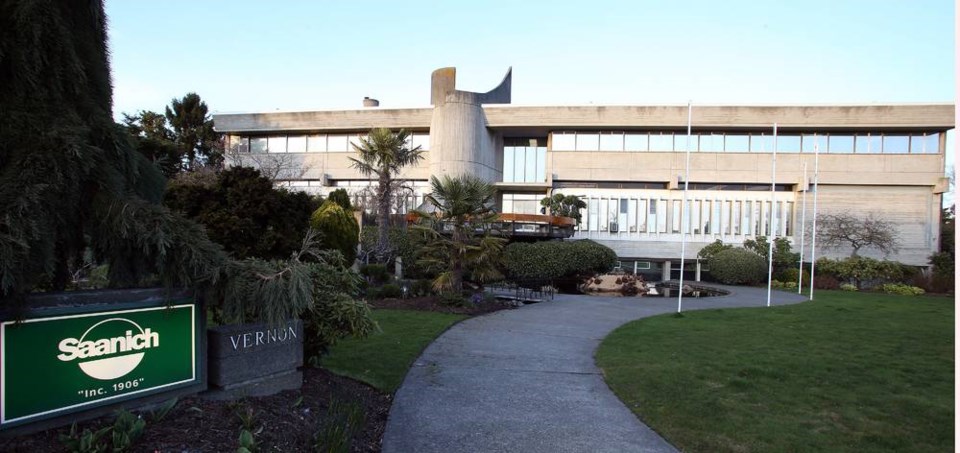A commentary by the chairperson of Amalgamation Yes.
Re: “No Amalgamation — Let’s build a wall,” letter, Oct 29.
The writer asks “why would other municipalities want to be part of Victoria, given the current Victoria council?”
At the request of a majority of voters in 2018, Victoria and Saanich have committed to a citizens assembly process to study the impacts (pros and cons) of merging the two municipalities, and certainly the composition of a merged council would be an important factor for residents of both municipalities to consider.
Some conclusions can be made about what a combined council would look like if a merger took place. Presently, both municipalities have a mayor and eight councillors. The Community Charter (S. 118(3)) sets the maximum number of councillors (excluding the mayor) at 10.
If a majority of a citizens assembly members recommended that the municipalities merge, if the two councils put the merger to a vote and if a majority of the voters in both municipalities voted in favour, a new municipality would be created and a new council would be elected. (The existing councils would remain in office until their term expired or a new council was elected, whichever came first).
The Local Government Act (S. 53) specifies that councillors be elected “at large” unless a council passes a bylaw which provides that all or some of the councillors be elected on a neighbourhood constituency basis.
Thus, initially, the 10 council members of the new (merged) council would have to be elected “at large” across both former municipalities.
This would significantly increase the number of votes needed for election to the new (merged) council.
Successful candidates would have to appeal to voters across the new, much larger, voter base.
In the Oct. 20, 2018 local elections, Saanich had 85,004 residents eligible to vote of which 32,538 actually voted (a 38.3 per cent turnout). Victoria had 66,243 residents eligible to vote of which 29,707 actually voted (a 44.8 per cent turnout). While Saanich voters had a lower percentage of its eligible voters turn out, Saanich residents still cast 2,831 more ballots than Victoria residents.
It should be noted that a majority of those elected in either Saanich or Victoria in 2018 required less than 15,000 votes; less than 10 per cent of eligible voters.
Had the two municipalities been merged prior to the 2018 election, the voter base would have expanded significantly.
Assuming the same voter turnout, the total number of ballots cast would represent a significant jump in numbers for a merged municipality versus the current models.
Getting elected to a council seat in an amalgamated municipality would require that the current councillors running for the new council broaden their base of support across both former municipalities.
Also, with the number of council members capped at 10 for an amalgamated municipality (versus current 16 on two councils), competition for —council seats would be more intense.
Existing council members running for election in a merged municipality have a degree of recognition, which may favour them when they run for re-election, however they would have to win supporters in a much larger voter base.
The likelihood of a majority of current council candidates from one municipality, in effect, taking over control of both would be unlikely, as they would have to appeal to voters in both former municipalities.



